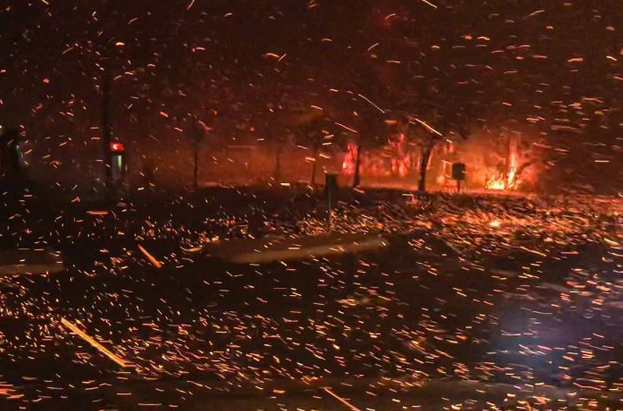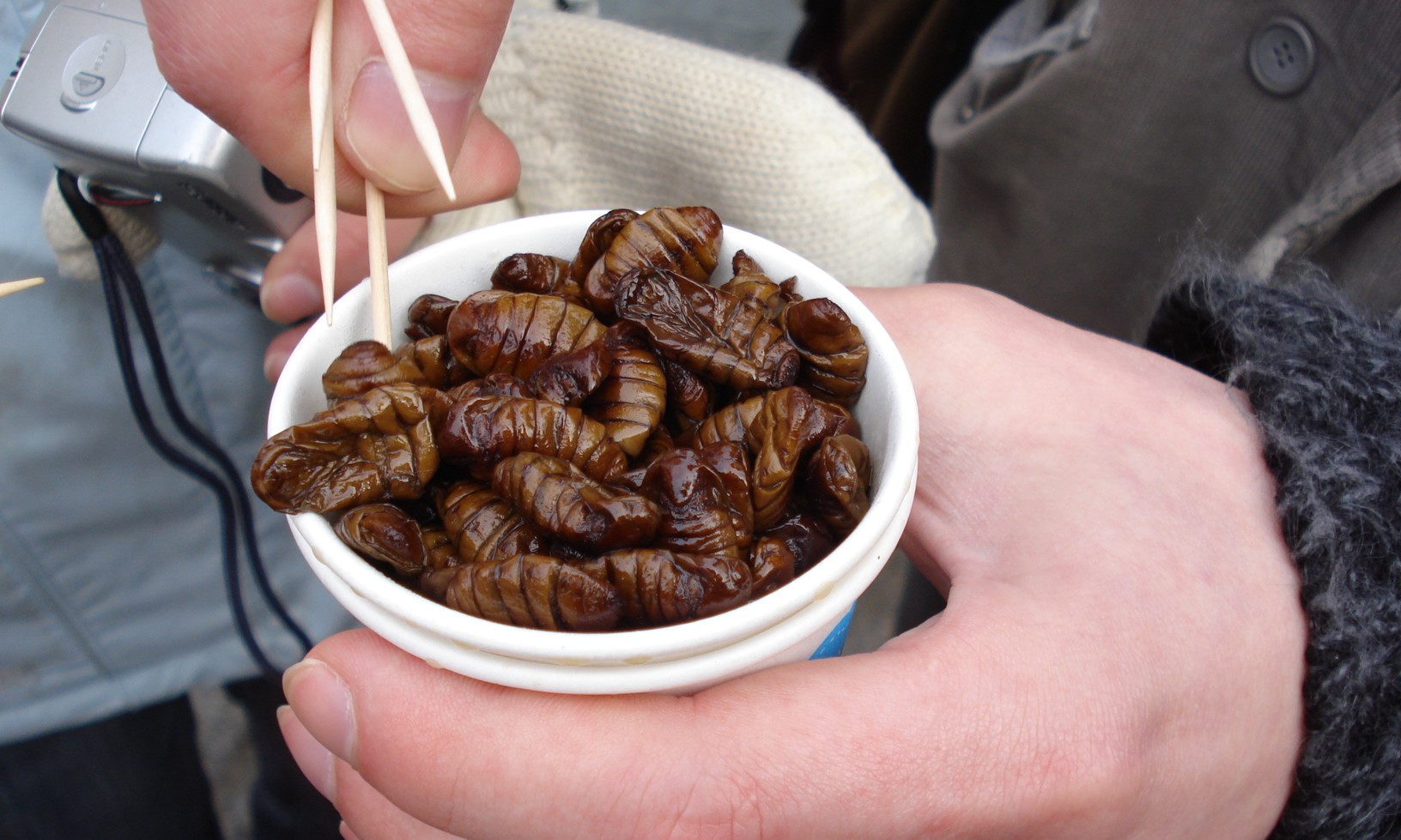
The ABC’s Great Climate Cop-Out

Aborigines survived tens of thousands of years of sometimes rapid climate change by keeping country clean, healthy and safe. Europeans created firestorms by allowing explosive continuous fuels to accumulate. Bear those facts in mind as the Glasgow Climate Circus draws near and, right on cue, the ABC ramps up their campaign to sacrifice our society and economy on the altar of green ideology. The vehicle is Episode 3 of the national broadcasters series based on the Black Summer disaster, Fires.
But first, let us step back some 18 years. In 2003, a House select committee released A Nation Charred accepted the knowledge and experience of land and fire managers across the country. The report of the parliamentary inquiry identified that a lack of mild, regular burning sets us up for uncontrollable megafires every time there’s a bad season. In 2004, a fire chief and two professors produced the COAG report. They gave us a false narrative about “learning to live with bushfire”. Since then, 200 people have died in the flames for no reason. Now, we have ‘education’, emergency response and evacuation instead of sustainable land management.
Funding for fire engines, waterbombers and research comes from governments throwing money at problems rather than looking for practical solutions. COAG co-author, Professor Robert Whelan, set up a bushfire research industry at Wollongong University which receives multimillion dollar government funding. Following the 2020 Black Summer catastrophe, this juggernaut, under new director Professor Ross Bradstock, gave advice, not evidence, to the NSW Inquiry.
After the Bushfires Royal Commission was announced, it became a Royal Commission into ‘Natural’ Disasters. Contrary to its terms of reference, the Commission did not consider the all-important findings of the 2003 Parliamentary Inquiry. Instead, it endorsed the COAG report, lining us up for worse to come.
Now, the ABC has produced an hour-long TV advertisement for Tim Flannery’s Climate Council and its subsidiary, Greg Mullins’ Emergency Leaders for Climate Action. The episode can be viewed via this link.
“Firestorm” features some of the academics and fire chiefs who gave us Black Summer, plus some fresh faces who also lack knowledge and experience of sustainable fire management.
As a taxpayer compelled to fund both the advertising and the massive running costs for the self-serving academic empires, I’m thoroughly disgusted. But it’s hard not to admire the highly-skilled delivery of propaganda and junk science by our public broadcaster as Aunty inserts a few small grains of truth, like threepences in a miserly Christmas pudding, into a great pile of other stuff to create a pretence of plausibility. The ABC climate campaign meshes seamlessly with commercial media from the same alarmist watermelon patch. The first installment of the Fires series was closely followed by a Sydney Morning Herald story announcing the release of Mullins’ book, Firestorm.
Taxpayers’ TV treated us to a lecture on millions of years of evolution whereby eucalypts have spread wildfire to gain dominance in Australia. We were told that the original Australians learnt how to manage these ancient fire-dependent forests. In fact, Aborigines created a whole new system when they spread across the continent around 40,000 years ago. It depended on deliberate mild burning to recycle nutrients and maintain healthy trees and grasses. This virtually eliminated soft, nutritious dark green browse, and so the megafauna perished.
The Climate Council’s Professor Flannery made his name with a science-fiction book about Aborigines eating the megafauna. There is not a single shred of evidence for this – no diprotodon bones, for example, bearing marks of flesh having been cut away with stone knives — and very much evidence against it. But the Firestorm episode is unique in having Flannery, the habitual wrongologist, presenting a very pertinent scientific fact. I nearly fell off my chair when he told us the truth that accumulation of woody fuels caused our fire problems after Aboriginal burning was disrupted.
Flannery quickly covered his tracks to keep the climate change narrative viable by saying that it happened slowly. However, history contradicts his narrative. Our first megafire happened in the Strzeleckis soon after the Yowenjerre people were decimated by smallpox in 1789. Thick scrub quickly escaped and spread from deep, dark gullies. It took over the landscape and exploded in the next severe season around 1820. After Europeans disrupted Aboriginal burning throughout Victoria, five million hectares were incinerated by the Black Thursday fires of 1851. Embers from the firestorm even ignited the rigging of ship heading for New Zealand.
Of course, today’s scene must be painted as much blacker than that to let those who have for so long mismanaged the bush to deploy their all-purpose Climate Cop-Out. So academics and fire chiefs now point to the world record Gospers Mountain fire of Black Summer – more than half a million hectares. They tell us it was a combination of global warming and bad luck. Out of 19,100 lightning strikes in a big storm on October 26, 2019, only one started a fire.
Lightning strike #19,068 was in the Wollemi Wilderness. Supposedly no-one noticed until fire roared into the treetops. After that, a sortie of waterbombers couldn’t stop it. Even then, the fire supposedly wasn’t out of control, because it was still within so-called containment lines. A couple of weeks later, extreme weather arrived and a firestorm blew up. It was publicised around the world as evidence of catastrophic climate-change. If ignorance and incuriosity were worth a penny a pound, newsrooms would be some of the richest real estate on the planet.
No mention either in Firestorm that, 230 years earlier, the Settlement Drought was Australia’s worst in 500 years of paleo-records. At the same time, there were three consecutive seasons of extreme fire weather – much worse than Black Summer. Back then, Aboriginal fires were constantly burning to the northwest of the European settlements. It wasn’t wilderness, so there were no megafires and no disasters.
In December 1790, Watkin Tench recorded a temperature of 430C at Rose Hill, and NNW winds “like the blast of a heated oven”. In February 1791, he wrote:
The north-west wind again set in and blew with a great violence for three days. At Rose Hill, it was allowed, by every person, to surpass all that they had before felt, either there, or in any other part of the world. An immense flight of bats, driven before the wind, covered all the trees around the settlement, whence they every moment dropped dead, or in a dying state, unable longer to endure the burning state of the atmosphere. Nor did the perroquettes, though tropical birds, bear it better; the ground was strewed with them in the same condition as the bats.
Despite continuing drought and extreme weather, on December 5, 1792, settlers were able to control wildfires using hand tools and green branches. A single hut in Sydney and another near Parramatta were burnt. Both had tinder-dry thatched roofs. These days, columns of fire engines and squadrons of waterbombers are unable to save houses with steel or tile roofs.
Firestorms explode from the wilderness in severe weather because it is has been allowed to revert to wilderness, not because it is hot, dry and windy. Extreme weather is an inevitable natural occurrence. Aborigines survived it without boots, overalls, fire chiefs, fire engines, waterbombers, computer models or advice from academics. The so-called experts have never made friends with fire. To do that you need matches, not computer models.
In the ABC’s climate-terror commercial, Professor Kevin Tolhurst tells us that fire is as important to the bush as the sun and the wind and the rain because it recycles nutrients and releases energy. That’s absolutely true. But, on the other hand, expert modelling is used to restrict rather than encourage gentle burning. The fatally flawed system designed by academics and fire chiefs in southeastern Australia ensures that a miniscule proportion of the landscape is managed. The models are used to decide where a little bit of burning can supposedly protect suburbs. But a little bit of burning makes no difference. Firebreaks don’t work and waterbombers don’t work for the same reason.
Our wide brown land of droughts and flooding rains is denied the mild fire that maintains resilience, health and safety. Tree roots can’t cope with natural cycles of dry and wet. Trees decline in droughts and get even worse when soils are waterlogged. Scrub booms under sick trees creating an explosive mix of fuel and air from ground to canopy. ‘Upside-down country’, filmmaker Victor Steffensen calls it – thin on top and thick underneath.
ABC, Flannery, Mullins & Co add arrogant insult to grievous injury by lecturing us on traditional Aboriginal management. They clearly don’t understand the difference between managing land and burning so-called firebreaks. Despite all of Episode 3’s graphic footage, they seem unable to comprehend that firebreaks don’t work. Harry Luke clearly stated this simple fact 60 years ago in his seminal book Bushfire Control in Australia. It’s the reason fire chiefs and academics so desperately need their Climate Cop-Out.
Experienced land managers have the solution to megafires. What they don’t have is the ear of governments and, more particularly, the funds. We could easily prevent massive megafires and it would save both lives and money.
Academics and others who dare to question the majority view are brutally told the science has been settled. Many such dissenters from catastrophist orthodoxy have lost their jobs, been denied promotion, or subjected to constant harassment and ridicule. This not the way science should be done
Aug 25 2024
3 mins
There's a veritable industry of academics raising alarm about how global warming and a polluted, dying planet will leave humanity and the animal kingdom in such a state that cannibalism will be a matter of survival. I'll spurn schoolyard puns and cheap gags except for one, and that by way of good advice: don't give them a big hand
Aug 09 2024
13 mins
I thought initially that this topic was a bit of fun. But it turns out that entomophagy, as the eating of insects is called, is an essential component of the Western lemmings' race to net-zero. Need it be said that one of the biggest and most enthusiastic lemmings is our very own climate crazies at the CSIRO?
Jul 31 2024
15 mins







